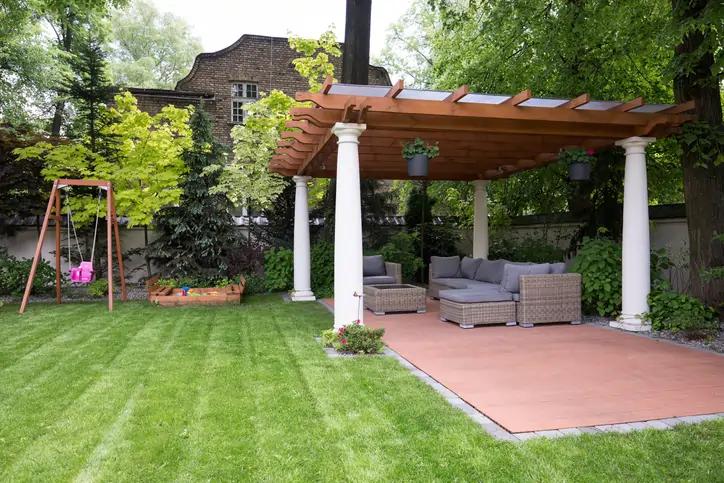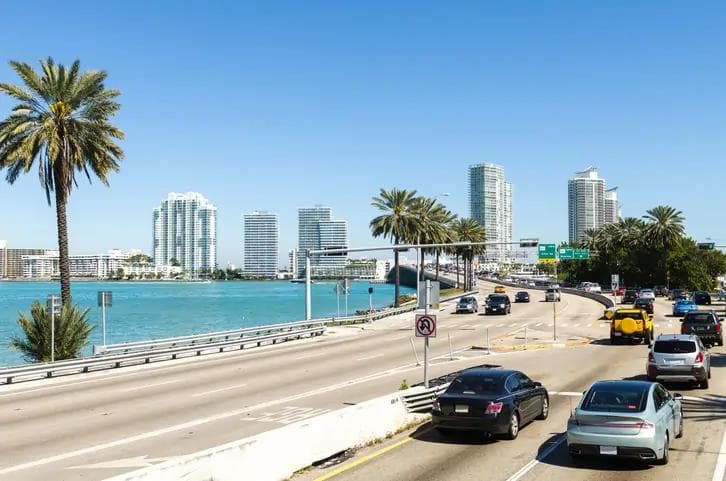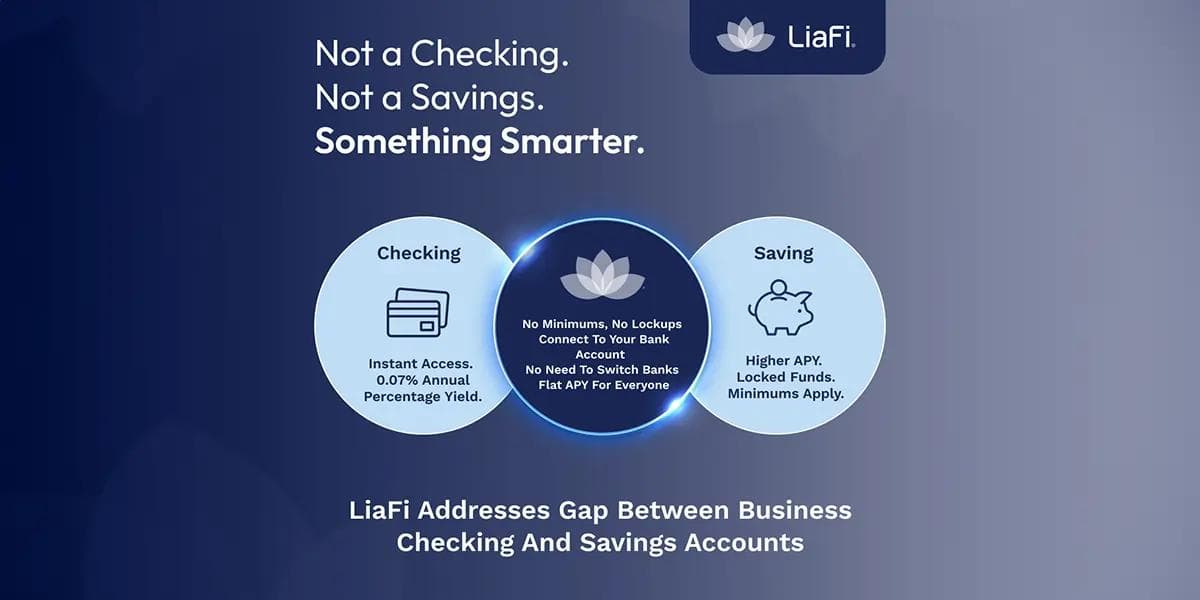The Intersection of Design and Capital: Why Outdoor Architecture Matters to Property Portfolios
The Intersection of Design and Capital: Why Outdoor Architecture Matters to Property Portfolios
Published by Wanda Rich
Posted on May 1, 2025

Published by Wanda Rich
Posted on May 1, 2025

Investors are no longer just betting on brick, concrete, and square footage. The modern real estate portfolio is evolving—fast. And while hard numbers still rule, what’s outside the building is starting to speak just as loudly as what’s inside. That’s right: pergolas, patios, landscape lighting, and all the things once dismissed as “cosmetic” are now part of the valuation conversation.
Luxury developers and portfolio managers alike are seeing it. Buyers want more than location—they want lifestyle. So it’s no surprise that the first impression a home makes often starts in the backyard. And that pergola? It isn’t just a shade structure—it’s a financial lever. But not all wood is created equal, which is why decision-makers increasingly turn to trusted resources on the harborexports.com to ensure longevity, weather resistance, and visual impact that holds up to scrutiny—and sun.
From tropical hardwoods to pressure-treated softwoods, the material you choose could determine whether your investment thrives or rots. Literally.
Exterior Design: The Asset Multiplier No One’s Talking About
Let’s cut through the chase: curb appeal isn’t fluff—it’s financial. Outdoor enhancements can directly impact ROI, boost appraisals, and drive lease premiums. This is especially true in high-demand, warm-weather markets where an outdoor dining space or shaded lounge isn’t a bonus—it’s expected.
Recent data from remodeling impact reports show that outdoor structures like pergolas consistently recoup a high percentage of their cost at resale. Not just because they look good, but because they function. They transform underutilized land into purpose-driven, livable space. In investment speak? That’s operational efficiency for real estate.
Multifamily developers are picking up on the trend. A well-designed communal courtyard or rooftop garden isn't just a perk—it’s a tenant retention strategy. The cost of building a pergola might be easily offset by months of reduced turnover and fewer marketing dollars spent on filling vacancies.
ESG-Friendly Looks Good on Paper—and Even Better on Property
With ESG standards reshaping everything from credit ratings to equity flows, outdoor architecture has found a new home in sustainability strategy. Pergolas constructed with FSC-certified wood, for example, support eco-conscious building practices while enhancing the property’s overall marketability. It’s form meeting function—while ticking all the compliance boxes investors care about.
And it’s not just about being green. Shade structures reduce heat exposure, lower HVAC strain, and create passive energy efficiencies that show up as cost savings. In climates facing intensifying summers, features like these aren’t indulgent—they’re insurance against future risk.
The kicker? Smart investors are beginning to include these elements in their capital expenditure forecasts. Outdoor architecture isn’t an afterthought. It’s a planned, performance-driven decision aligned with long-term portfolio goals.
Redefining Value, One Beam at a Time
The idea that return only lives in the foundation is outdated. Design is strategy. Pergolas, green walls, vertical gardens—they’re all part of a language that today’s real estate speaks fluently: aesthetic utility.
Private equity firms, REITs, and high-net-worth investors are taking notes. And not just because outdoor architecture improves quality of life, but because it influences real variables: resale potential, tenant demand, energy efficiency, and even insurance premiums.
Those who get ahead of the curve—those who understand that something as seemingly simple as choosing the best wood for pergola construction can have rippling financial impacts—will be the ones capitalizing on real estate’s next edge.
Because in a world where everyone’s optimizing their square footage, sometimes the smartest investment is what surrounds it.
Explore more articles in the Top Stories category











